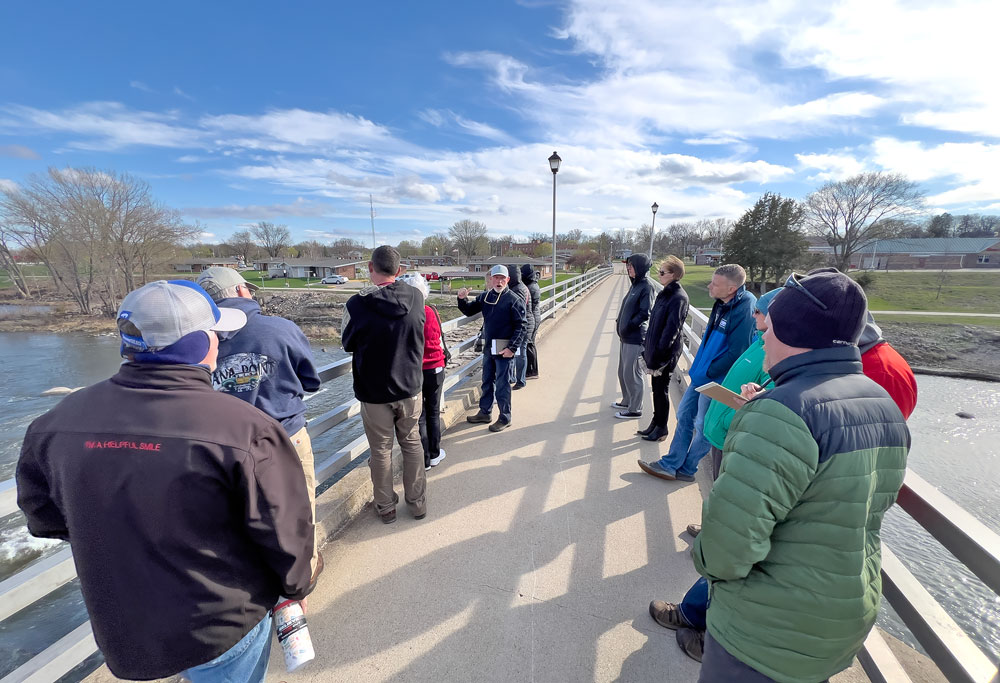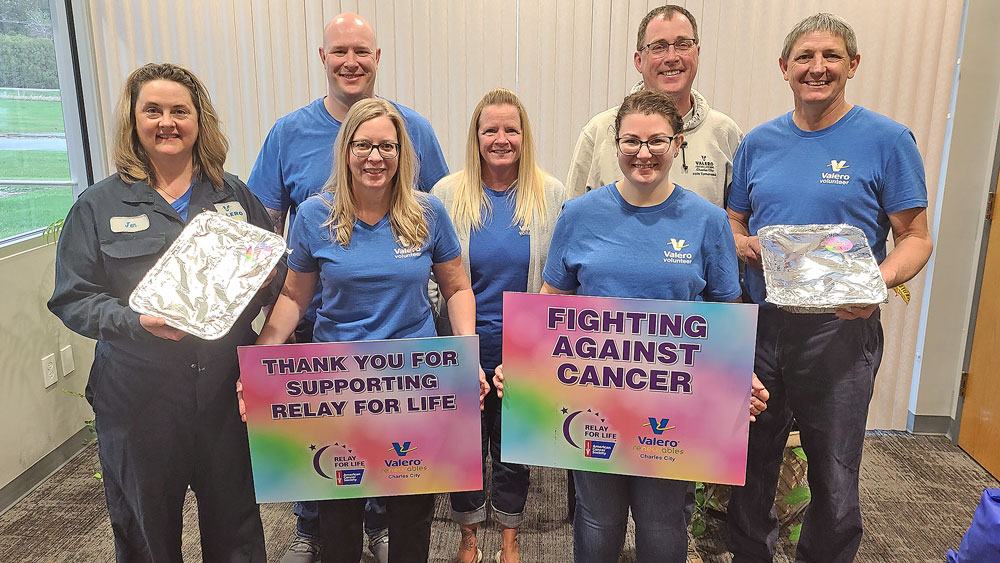Community banks still secure after big national bank failures
By Travis Fischer, tkfischer@charlescitypress.com
The financial world is waiting to feel the impact that recent high profile bank failures will have on the industry, but CUSB Bank President Mike Drees says that local depositors at community banks have little to be concerned about.
On March 10, Silicon Valley Bank (SVB) was taken over by the Federal Deposit Insurance Corporation (FDIC), marking the second largest bank failure in United States history. The failure of SVB coincided with the collapse of Silvergate Bank and Signature Bank, a trio of failures that has put a spotlight on the banking industry and raised questions about how safe bank deposits really are.
While dramatic measures have been taken to mitigate the risk of systemic failure in these large commercial banks, Drees says that the environment and practices that community banks like CUSB operate in are very different.

“The difference between the Silicon Valley Bank and the Signature Bank in New York that failed is that they had very large depositors and they did not have a diverse group of customers,” said Drees. “We’re taking our deposits from our local customers and we’re lending them out to the community.”
According to Drees, the problems with Silicon Valley Bank were the result of their investment strategies ultimately conflicting with their specialized deposit base. As the bank of choice for tech companies, start-ups and venture capital companies, SVP saw their deposits explode with large depositors in a short amount of time and chose to invest those deposits in long-term interest securities. This tied-up SVP’s liquid capital, limiting the cash the bank had on hand for withdrawals.
“As money is now starting to dry up for those tech companies, that cash started to flow back out,” said Drees. “They basically had to try to try and raise more capital to cover those withdrawals.”
On Wednesday, March 8, SVB announced that it was raising capital through a series of borrowing and emergency sales, hoping to stave off a bank run as depositors became concerned about their ability to access their money.
Unfortunately for SVB, concerns about a bank run can easily turn into a self-fulfilling prophecy. Depositors worried about losing access to their money withdrew their funds, which exasperated SVB’s liquidity problem, which encouraged others to withdraw, creating a cycle that resulted in $42 billion taken out of the bank in a 48-hour period.
By Friday, SVB had been seized by the government and put in control of the FDIC in order to protect the rest of the banking industry from similar runs.
Local banks secure
What happened at SVB is not likely to happen in smaller community banks that operate in the area, Drees said.
Unlike SVB, which catered to large depositors in a narrow field, or Signature Bank, which was heavily invested in cryptocurrency, smaller community banks like CUSB operate with a much wider depositor base and maintain a greater level of liquidity.
“They didn’t have that liquidity that a community bank would,” said Drees. “They had so many uninsured deposits. Once there was that realization … it triggered it and nobody wanted to be last in line.”
By serving a wider base of customers, community banks are less susceptible to problems created when a selection of depositors start making withdrawals.
“It’s really regional banks that are feeling that pressure,” said Drees.” “The community banks in the areas that we serve run on a completely different model than that. We’re in it for the long haul.”
Which is not to say that community banks won’t feel some of the impact from the failure of SVB.
After taking over control of the bank, the FDIC announced that it would be ensuring that all of SVB’s depositors would have access to their funds.
Under normal circumstances, FDIC insures bank deposits of up to $250,000. All banks, large and small, pay into the insurance fund to provide that coverage. However, with nearly 90% of SVB’s deposits exceeding that amount, the FDIC took the extraordinary step of announcing that all deposits would be covered by the insurance fund.
While the bank itself has not been “bailed out,” the FDIC and the Federal Reserve took steps to ensure that the depositors will be made whole.
“FDIC coverage is to make depositors feel like they have security in their banks,” said Drees.
According to the FDIC, SVB had roughly $119 billion in deposits when it failed. Much of that will be recouped as the FDIC liquidates and sells off SVB’s assets. On March 26 it was announced that First-Citizens Bank and Trust Co. out of Raleigh, North Carolina, (not to be confused with the Iowa-based First Citizens Bank) had entered into a purchase agreement for SVB’s deposits and loans.
In spite of the sale, the FDIC estimates that the cost of SVB’s failure to the insurance fund will amount to approximately $20 billion, which will need to be recouped by other banks through a special assessment.
While the exact mechanism of the special assessment has yet to be determined, Drees anticipates that it will fall on the entire spectrum of the banking industry to absorb the cost.
“When they have to go and replenish the FDIC insurance fund I’m guessing they’re going to go after all banks,” said Drees.
While Drees says that USBC and similar community banks having to chip in to pay for SVB’s failure is hard to swallow, it won’t change how they operate.
“We’ve been here for 135 years. … We’ve been through the Great Depression. We’ve been through the Ag Crisis in the 1980s. Even the 2008 Financial Crisis didn’t really have an impact on our bank,” said Drees. “It’s been a consistent model that’s worked for a long time.”







Social Share